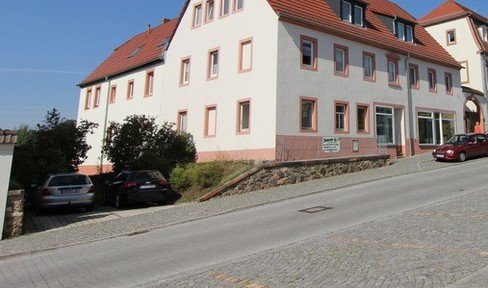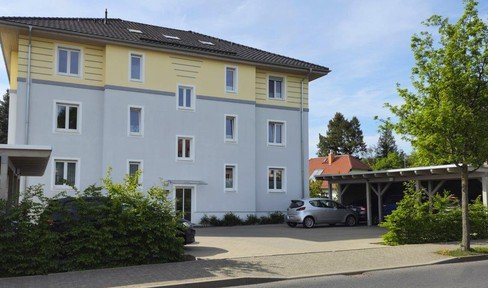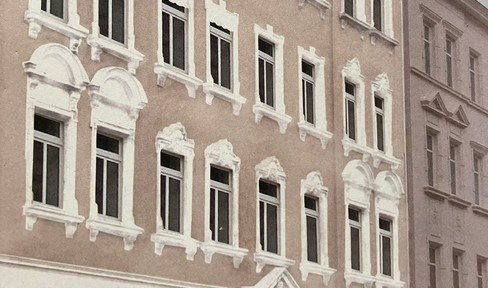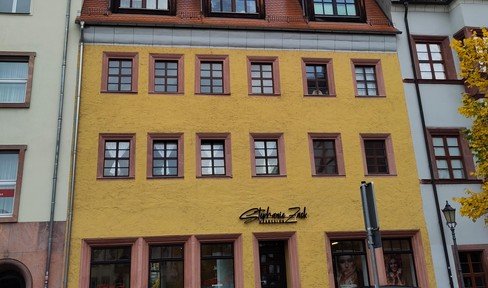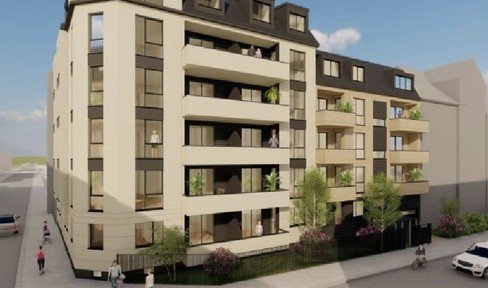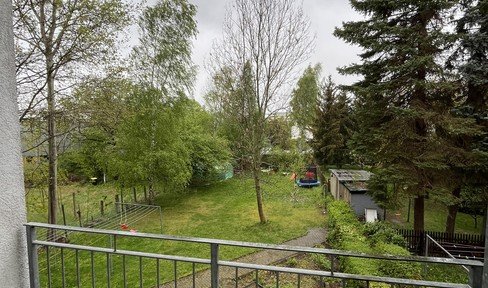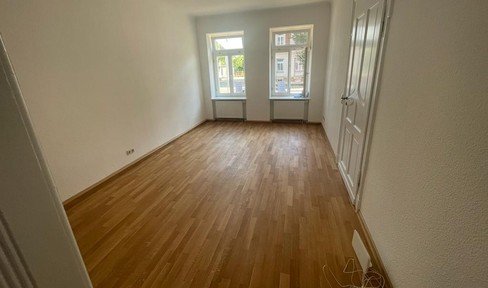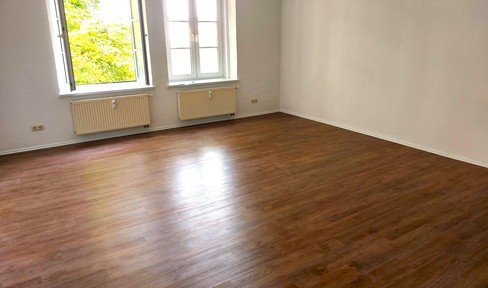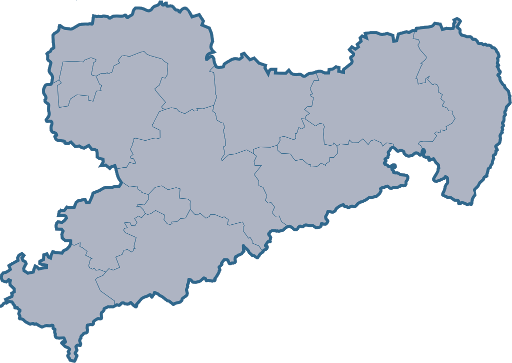- Properties
- Sachsen

This page was printed from:
https://www.ohne-makler.net/en/properties/sachsen/
Comission-free real estate directly from the owner in Sachsen
Here you can find from 214 offers your commission-free property in Sachsen
Saxony is the class leader in the East, the big cities are getting more expensive
Like no other region in eastern and central Germany, the Free State between the Ore and Elbe Sandstone Mountains, Dresden and Düben Heath, Lößnitz and Lusatian Uplands, Upper Lusatia and Easterland, as well as Vogtland, Saxon Switzerland and Saxon Elbland, has undergone remarkable and admirable economic development since the 1990s. Especially in the metropolitan areas of Leipzig-Halle, Chemnitz-Zwickau and Dresden, but also in other larger cities such as Bautzen, Plauen, Freiberg, Görlitz, Pirna and Schkeuditz, numerous medium-sized and internationally successful companies have settled over the years, both in the classic areas of chemicals, plant engineering, mechanical engineering, vehicle manufacturing and the food industry, as well as in the newer sectors of telecommunications and information technology. Thus, Saxony is economically in a top position in the comparison of the new federal states, but nevertheless there are still some rather structurally weak areas within the Saxon borders, which are, however, mostly still very favorable in terms of local real estate prices with good potential for value appreciation in the long term. While apartments (approx. 2,500 to 4,000 euros/m²) and houses (approx. 1,800 and 2,400 euros/m²) in sought-after locations in the two largest cities of Dresden (Altstadt, Elbhang, Neumarkt, Loschwitz/Wachwitz) and Leipzig (Zentrum, Gohlis-Süd, Waldstraßen- and Musikerviertel) have become significantly more expensive, especially in the last three years, the city of Chemnitz, for example, currently offers good conditions with average apartment prices of not even 990 euros/m² and house prices of slightly over 1.500 euros/m², the city of Chemnitz currently offers good conditions for starting to buy real estate.
Housing is even cheaper in the countryside, on the borders and in the periphery
With prices per square meter of around 500 euros for apartments and around 1,000 euros for houses, Plauen in the Vogtland district and Zwickau in the district of the same name are good addresses for even cheaper opportunities. The Erzgebirge district around Annaberg-Buchholz also offers low costs despite its strong economy and dense population. Pirna and the surrounding district of Sächsische Schweiz-Osterzgebirge, on the other hand, are more expensive, due not least to the flourishing tourism there. A comparable structure with, however, recently strongly rising prices also prevails in Freiberg as well as in the district of Mittelsachsen. Real estate in Torgau and the surrounding district of Nordsachsen has been significantly cheaper, but has also become significantly more expensive in recent years. Apartments and houses in the town of Meissen in the district of the same name have risen in price by a quarter or even a third, where the average values are already higher than those in Saxony but still well below the nationwide property prices. The aforementioned high demand in Leipzig is also increasingly influencing the real estate market in its surrounding area; while apartments in the district town of Borna in the Leipzig district, for example, do not even cost half the Saxon average on average, houses there have become more expensive by around half since 2011 alone. By contrast, apartments in Bautzen (city and district) have seen a significant drop in prices of almost 30 percent, although house prices there are well above the state average. On the other hand, prices are still really low in the city and district of Görlitz, directly on the borders with Poland and the Czech Republic, with an average of around 600 euros/m² for apartments and just over 1,000 euros/m² for houses.
The pull of the Leipzig and Dresden engines extends far into their surrounding areas.
With the exception of good to very good locations in the cities and individual districts listed, the state of Saxony remains a worthwhile terrain for house and apartment purchases because it is still quite affordable. Especially in the peripheral and border regions, which are often affected by vacancies and a less dynamic labor market, investors and owner-occupiers can still make a bargain or two. However, in view of the rapid rise in prices in the urban centers, observers also expect noticeably more expensive conditions on the real estate market in the long term in most of the smaller towns in rural areas, particularly in areas in the catchment area of Dresden, Chemnitz and Leipzig. The continuous economic growth in these cities, and thus their attractiveness for newcomers, means that an increase in demand for housing is also likely in cities that have so far been rather inconspicuous in this respect, such as Delitzsch, Döbeln, Riesa and Kamenz. If these and other Saxon cities develop in a similar way to Leipzig, where the vacancy rate fell from around 60,000 to just over 30,000 vacant apartments between 2000 and 2014, a drop of a proud 50 percent, then the forecasts regarding rural exodus and excessive population decline in Saxony, which still frequently tend to be pessimistic, will not sound very accurate. With intended real estate investments in Saxonia one should look thus also outside of the now already quite expensive population centers somewhat. With a little professional consultation and exact market observation buyers can discover there quite still so far inconspicuous, but under circumstances soon brightly shining "raw diamonds" and hidden, but nevertheless valuable "concrete gold".
Short facts Real estate in Saxony:
- Saxony's economic growth has also caused its real estate prices to rise
- In Dresden and Leipzig, good to very good locations cost almost as much as in the west
- Chemnitz is catching up, but is still an insider tip for real estate purchases
- In the center, it is already relatively expensive, on the borders it is usually still quite cheap
- In many places in Saxony, large-scale vacancies are still clouding the future picture
- In the long term, however, experts expect prices to rise even in small towns.
Properties to Rent in Sachsen
Properties for Sale in Sachsen
Popular Cities
Diese Seite wurde ausgedruckt von:
https://www.ohne-makler.net/en/properties/sachsen/



